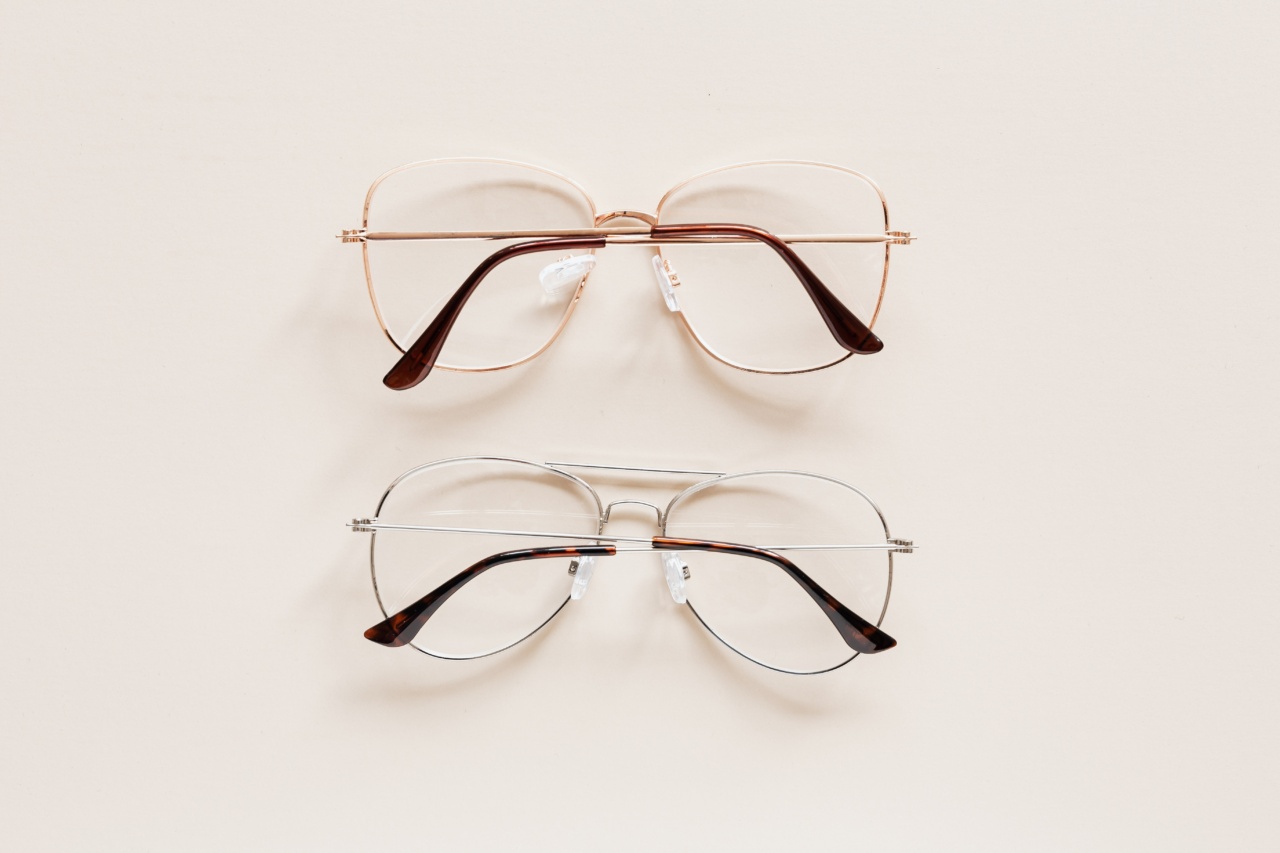A recent study conducted by researchers at the University of California, Berkeley has found a link between extended periods of contact lens wear and vision loss.
The study, which was published in the journal Optometry and Vision Science, found that people who wear contact lenses for long periods of time are more likely to develop corneal neovascularization, a condition in which new blood vessels grow into the cornea and can lead to vision loss.
What is Corneal Neovascularization?
Corneal neovascularization is a condition that occurs when new blood vessels grow into the cornea, the clear, dome-shaped surface that covers the front of the eye. These blood vessels can cause the cornea to become cloudy, which can lead to vision loss.
Corneal neovascularization can be caused by a number of factors, including contact lens wear, infections, and eye injuries.
The Study
The study conducted at the University of California, Berkeley involved 1,000 adults who wear contact lenses.
The participants were divided into two groups: those who wore contact lenses for less than eight hours a day, and those who wore contact lenses for more than eight hours a day. The researchers found that the group that wore contact lenses for more than eight hours a day were more likely to develop corneal neovascularization.
According to the researchers, the risk of developing corneal neovascularization increased by 10% for every hour of contact lens wear per day.
The study also found that people who wore contact lenses for more than eight hours a day were more likely to experience discomfort and dryness in their eyes.
The Risks of Contact Lens Wear
Contact lenses are a popular alternative to eyeglasses, but they come with their own set of risks. The risks of contact lens wear include:.
- Corneal ulcers
- Corneal neovascularization
- Dry eyes
- Eye infections
- Scratches on the cornea
The risks of contact lens wear can be minimized by following proper contact lens care instructions and wearing contact lenses as directed by an eye care professional.
Proper Contact Lens Care
To reduce the risk of developing corneal neovascularization and other complications from contact lens wear, it is important to follow proper contact lens care instructions.
These instructions may vary depending on the type of contact lenses you wear, so it is important to follow the instructions provided by your eye care professional. In general, the following tips can help reduce the risk of complications:.
- Wash your hands before handling your contact lenses
- Clean your contact lenses daily with contact lens solution
- Replace your contact lenses as directed
- Do not wear your contact lenses overnight
- Do not swim or shower while wearing your contact lenses
Conclusion
The study conducted by researchers at the University of California, Berkeley has found a link between extended periods of contact lens wear and vision loss.
The study found that people who wear contact lenses for long periods of time are more likely to develop corneal neovascularization, a condition that can lead to vision loss. The risks of contact lens wear can be minimized by following proper contact lens care instructions and wearing contact lenses as directed by an eye care professional.
If you experience discomfort or dryness in your eyes while wearing contact lenses, talk to your eye care professional about adjusting your contact lens wear schedule or trying a different type of contact lens.





























